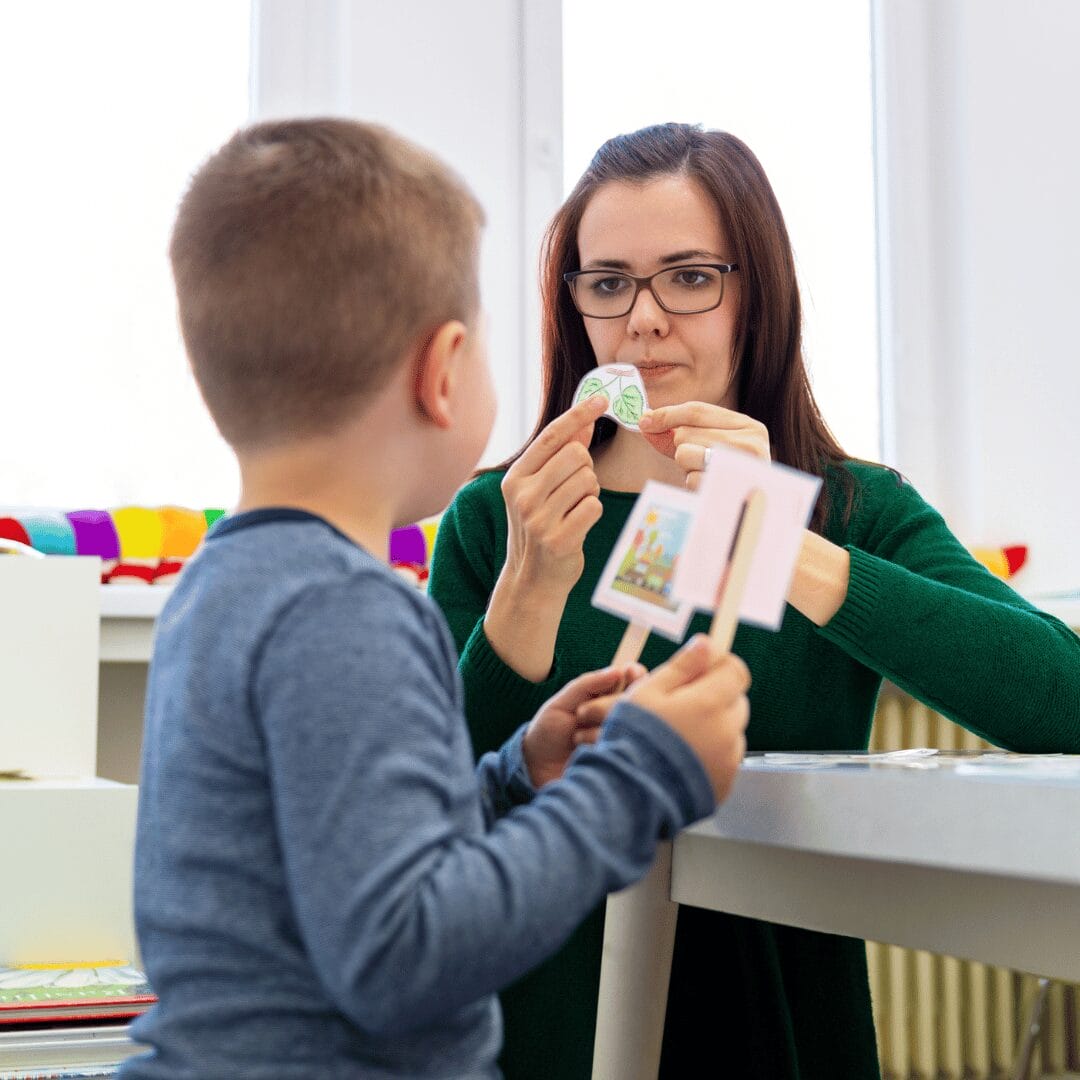Effective communication is essential for fostering relationships and promoting learning, especially in children with speech delays. While verbal communication is often the primary focus, nonverbal communication is crucial in speech therapy. This blog post explores the importance of nonverbal cues and how they can significantly enhance the communication skills of children with speech or language disorders.
The Role of Nonverbal Communication
Nonverbal communication encompasses various signals, including facial expressions, gestures, posture, and eye contact. These cues can convey emotions and intentions that words alone may fail to express. For instance, a child’s smile can indicate joy or comfort, while crossed arms may suggest defensiveness or discomfort. Understanding these nonverbal signals is vital for speech-language pathologists (SLPs) as they work with children experiencing speech delays or cognitive-communication disorders.
Enhancing Language Development
In speech therapy, nonverbal communication aids language development by providing context to verbal interactions. Children often struggle to speak or express their thoughts verbally, especially when they have articulation or fluency disorders. Speech therapists can tailor their approach to meet each child’s unique needs by observing and interpreting nonverbal cues. For example, using communication boards or visual aids can help children better understand language comprehension and express themselves more effectively.
Building Rapport and Trust
The therapeutic relationship between the speech pathologist and the child is crucial for successful intervention. Nonverbal communication is key to building rapport and establishing trust. SLPs often use open body language, eye contact, and encouraging facial expressions to create a welcoming environment. This supportive atmosphere encourages children to engage and feel comfortable during therapy sessions, making overcoming challenges associated with their speech problems easier.
Empowering Parents and Caregivers
Parents and caregivers support their child’s speech and language development. By recognizing and responding to nonverbal cues during everyday interactions, they can significantly enhance their child’s communication skills. Simple strategies, such as maintaining eye contact, using gestures, and providing positive reinforcement through facial expressions, can create a nurturing environment that fosters effective communication. Encouraging play-based activities that promote social interaction can also facilitate language development and enhance expressive disorders.
Practical Strategies for Speech Therapy
Speech-language pathologists work with various tools and techniques to incorporate nonverbal communication into their therapy sessions. Here are some practical strategies:
- Visual Supports: Utilize pictures and symbols to help children understand and communicate their needs. These tools can particularly benefit children with social communication disorders or language impairments.
- Modeling Nonverbal Behavior: SLPs can demonstrate appropriate nonverbal cues during therapy, teaching children how to express themselves effectively and understand others.
- Incorporating Play: Engage children in activities that promote nonverbal interaction, such as charades or role-playing, to enhance their understanding of body language and facial expressions.
The Future of Nonverbal Communication in Speech Therapy
As the field of speech-language pathology continues to evolve, integrating technology into therapy is becoming increasingly common. Speech therapy apps and alternative communication devices can help children with swallowing difficulties or voice disorders communicate more effectively. By staying informed about the latest research and trends, speech pathologists can enhance their clinical competence and provide the best care for their clients.

Understanding nonverbal communication is vital in speech therapy for children with developmental delays or speech disorders. By recognizing and utilizing nonverbal cues, speech-language pathologists can create compelling, personalized interventions that support language development and enhance communication skills. If you have concerns about your child’s communication abilities, consult your child’s doctor or find speech-language pathologists specializing in these areas. We can empower our children to overcome their communication challenges and thrive together. For more information on speech therapy and its benefits, visit Eastern Therapy PT, OT, and Speech.